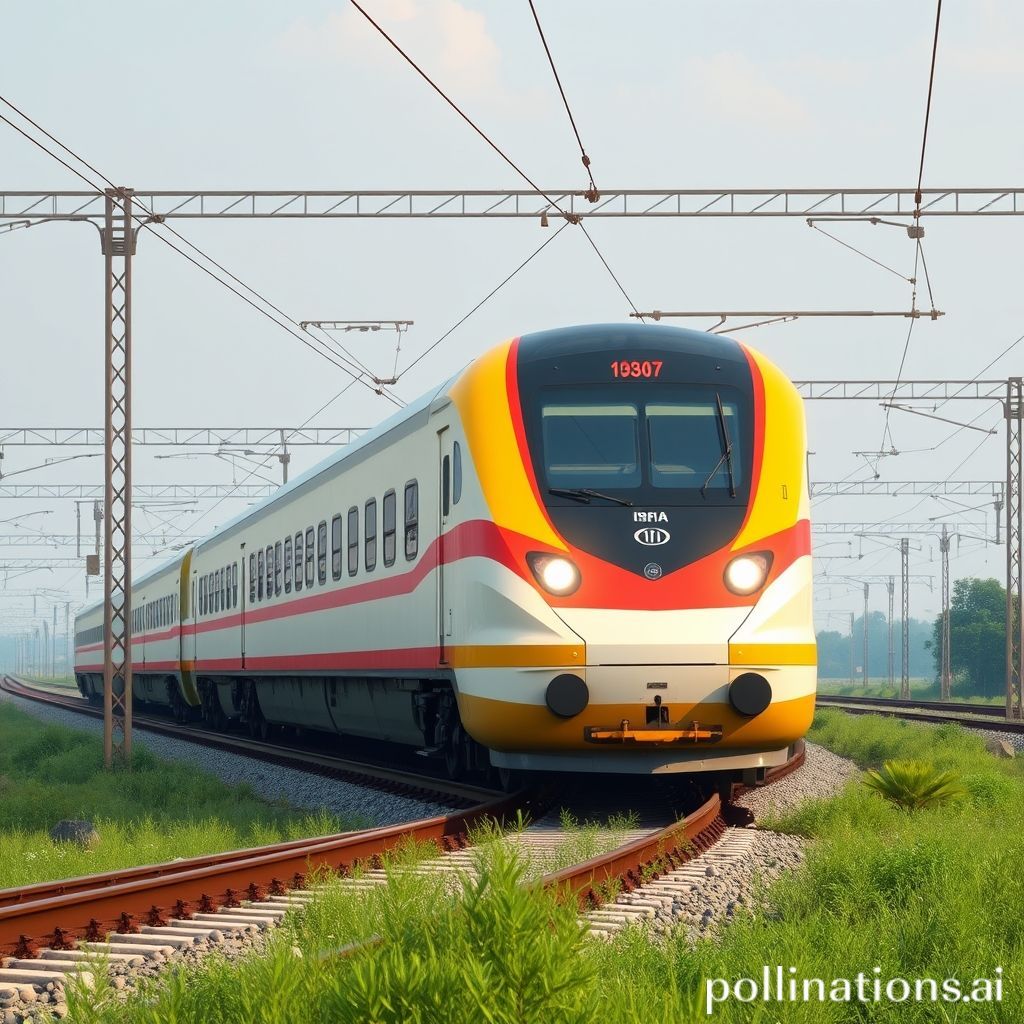
India's first bullet train reaches major milestone
India's Bullet Train Dreams Take Flight: A Major Milestone Achieved
Hello readers! The future of Indian railways is looking brighter and faster than ever before. We're talking about the ambitious Mumbai Ahmedabad High Speed Rail (MAHSR) project, more popularly known as India's first bullet train. And guess what? It has just reached a significant milestone that's got everyone buzzing with excitement. Let's delve into what this means for India's infrastructure and its people.
The Breakthrough: First Sea Bridge Span Completed
The National High Speed Rail Corporation Limited (NHSRCL) recently completed the erection of the first full span box girder, a massive feat of engineering over the Narmada River in Gujarat. This isn't just any bridge span; it's the first of its kind for the project across a major water body, and it signals significant progress in a complex undertaking.
This particular span is a colossal 40 meters long and weighs approximately 970 metric tons. Imagine the precision and coordination needed to transport and install such a behemoth! This accomplishment demonstrates the expertise and dedication of the engineers and workers involved. It also proves that ambitious infrastructural project can be completed in India.
Why This Milestone Matters
This achievement signifies that the project is moving beyond the planning stages and is rapidly becoming a tangible reality. The completion of the Narmada River bridge span sets the stage for the subsequent phases of the project. It showcases the project s viability and builds confidence in its eventual success. This also allows to complete the other steps faster and in a more efficient way.
The Technology Behind the Bullet Train
The MAHSR project isn't just about speed; it's about incorporating cutting edge technology to revolutionize rail travel in India. The bullet train will be based on Japan's Shinkansen technology. It is renowned for its safety, efficiency, and reliability.
Here's a glimpse into some of the key technological aspects:
High Speed Tracks: Dedicated high speed tracks are being constructed to minimize vibrations and ensure a smooth ride at speeds of up to 320 kmph.
Advanced Signaling Systems: The project will incorporate state of the art signaling systems, like Automatic Train Protection (ATP), to ensure safety and prevent collisions.
Aerodynamic Design: The train itself will feature an aerodynamic design to reduce air resistance and improve energy efficiency.
Elevated Corridors: A significant portion of the track will be elevated to minimize land acquisition issues and reduce disruption to existing infrastructure.
Comparing Bullet Trains Around the World
To truly appreciate the impact of India's bullet train, let's compare it to other high speed rail systems globally:
| Feature | India (MAHSR) | Japan (Shinkansen) | France (TGV) |
| | | | |
| Top Speed | 320 kmph | 320 kmph | 320 kmph |
| Track Length | 508 km | 2,764.6 km | 2,600 km |
| Technology | Shinkansen (Japan) | Developed in Japan | Developed in France |
| Focus | Connectivity and economic growth | Punctuality and safety | Long distance travel |
The Impact on India's Future
The bullet train is expected to have a far reaching impact on India's economy, society, and environment.
Economic Growth: The project will generate employment opportunities during construction and operation. It will also boost tourism and trade between Mumbai and Ahmedabad.
Improved Connectivity: The bullet train will significantly reduce travel time between the two cities. It transforms them into a more integrated economic zone.
Reduced Congestion: By offering a faster and more convenient alternative to road and air travel, the bullet train can help alleviate congestion on existing transportation networks.
Environmental Benefits: High speed rail is a more energy efficient mode of transportation compared to cars and airplanes. It can contribute to reducing carbon emissions.
More than Just a Train: A Symbol of Progress
India's bullet train isn't just about getting from point A to point B faster. It's a symbol of India's ambition, its technological prowess, and its commitment to building a modern and prosperous future. It shows that India is capable of taking on complex and challenging projects and delivering them successfully.
The completion of the first sea bridge span is a testament to this spirit. As the project progresses, it will be interesting to witness the transformation it brings to India's transportation landscape and its overall development. We are now one step closer to experiencing the thrill of high speed rail travel in India. What a journey it promises to be!
Sources:
National High Speed Rail Corporation Limited (NHSRCL) Official Website
Various news articles and reports on the Mumbai Ahmedabad High Speed Rail Project

0 Comments:
Post a Comment